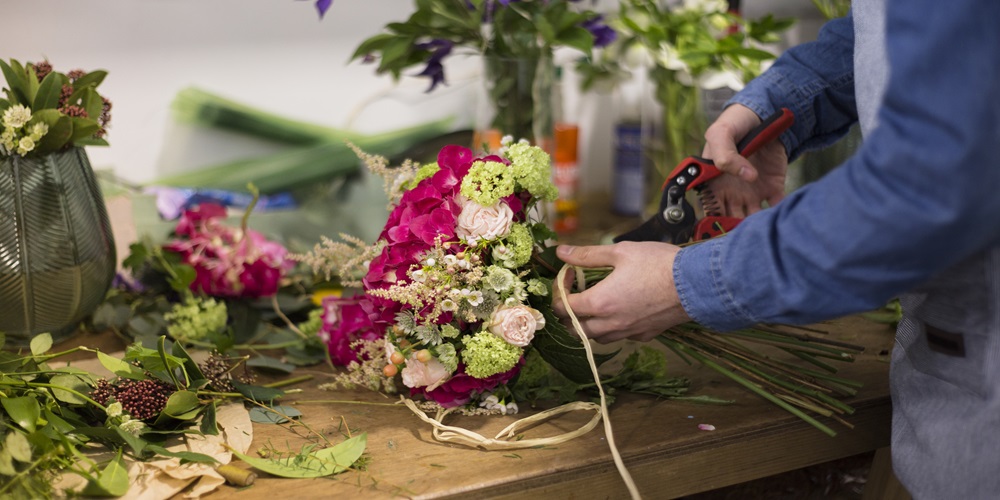In the vibrant world of floristry, there is a growing movement towards embracing sustainability as an integral part of creating and enjoying floral arrangements. As Canadians become increasingly conscious of their environmental impact, sustainable floristry practices are gaining prominence.
This article explores the significance of nurturing beauty through sustainable floristry practices in Canada, emphasizing the importance of environmentally conscious choices, and highlighting the role of a Toronto florist in promoting sustainable floral arrangements.

1. Understanding Sustainable Floristry
- Eco-Friendly Sourcing: Sustainable floristry prioritizes the use of flowers and foliage sourced through environmentally friendly practices, avoiding the negative impacts associated with conventional flower farming.
- Reduced Carbon Footprint: By opting for locally grown and seasonal blooms, sustainable florists aim to reduce the carbon footprint associated with transportation.
2. Importance of Local and Seasonal Blooms
- Supporting Local Farmers: Choosing locally grown flowers supports local farmers and reduces the environmental impact of long-distance transportation.
- Celebrating Seasons: Seasonal blooms reflect the natural cycles of the region, offering a sense of connection to the environment and the changing seasons.
3. Minimalist and Eco-Friendly Packaging
- Reducing Waste: Sustainable florists often use minimalist packaging to minimize waste. This may include biodegradable materials, recycled paper, or reusable containers.
- Encouraging Recycling: Customers are encouraged to recycle or repurpose packaging, contributing to a more sustainable and eco-conscious approach.
4. Avoidance of Harmful Chemicals
- Pesticide-Free Blooms: Sustainable floristry practices prioritize flowers grown without the use of harmful pesticides, promoting healthier ecosystems.
- Safe for Recipients and Environment: Choosing pesticide-free blooms ensures that the flowers are safe for recipients and does not harm the environment when disposed of.
5. Longevity of Floral Arrangements
- Extended Lifespan: Sustainable florists often focus on creating arrangements with longevity in mind. This involves choosing flowers that have a longer vase life, reducing the frequency of replacements.
- Educating Customers: Sustainable florists educate customers on proper care techniques to extend the lifespan of their floral arrangements, promoting a culture of responsible consumption.
6. Support for Local Artisans and Growers
- Community Collaboration: Many sustainable florists collaborate with local artisans and growers to showcase unique, locally crafted vessels and containers.
- Celebrating Diversity: This not only supports local businesses but also celebrates the diversity of creative talent within the community.
7. Toronto Florist Leading the Way
- Incorporating Sustainable Practices: In the heart of Canada, the Toronto florist community is increasingly embracing sustainable floristry practices.
- Setting an Example: By prioritizing eco-friendly sourcing, supporting local growers, and educating clients on sustainable choices, Toronto florists are setting an example for the entire industry.
Conclusion:
Nurturing beauty through sustainable floristry practices in Canada goes beyond the aesthetics of floral arrangements. It represents a commitment to environmental stewardship, supporting local communities, and fostering a deeper connection to nature. As consumers, embracing sustainable floristry allows us to contribute positively to the planet while indulging in the beauty of thoughtfully crafted floral creations.
For those seeking to support and experience the beauty of sustainable floristry in Canada, consider reaching out to a local florist known for their commitment to eco-friendly practices.
By choosing sustainable options, you contribute to the broader movement towards responsible and mindful consumption, ensuring that the beauty of flowers comes with a positive impact on the environment and local communities.